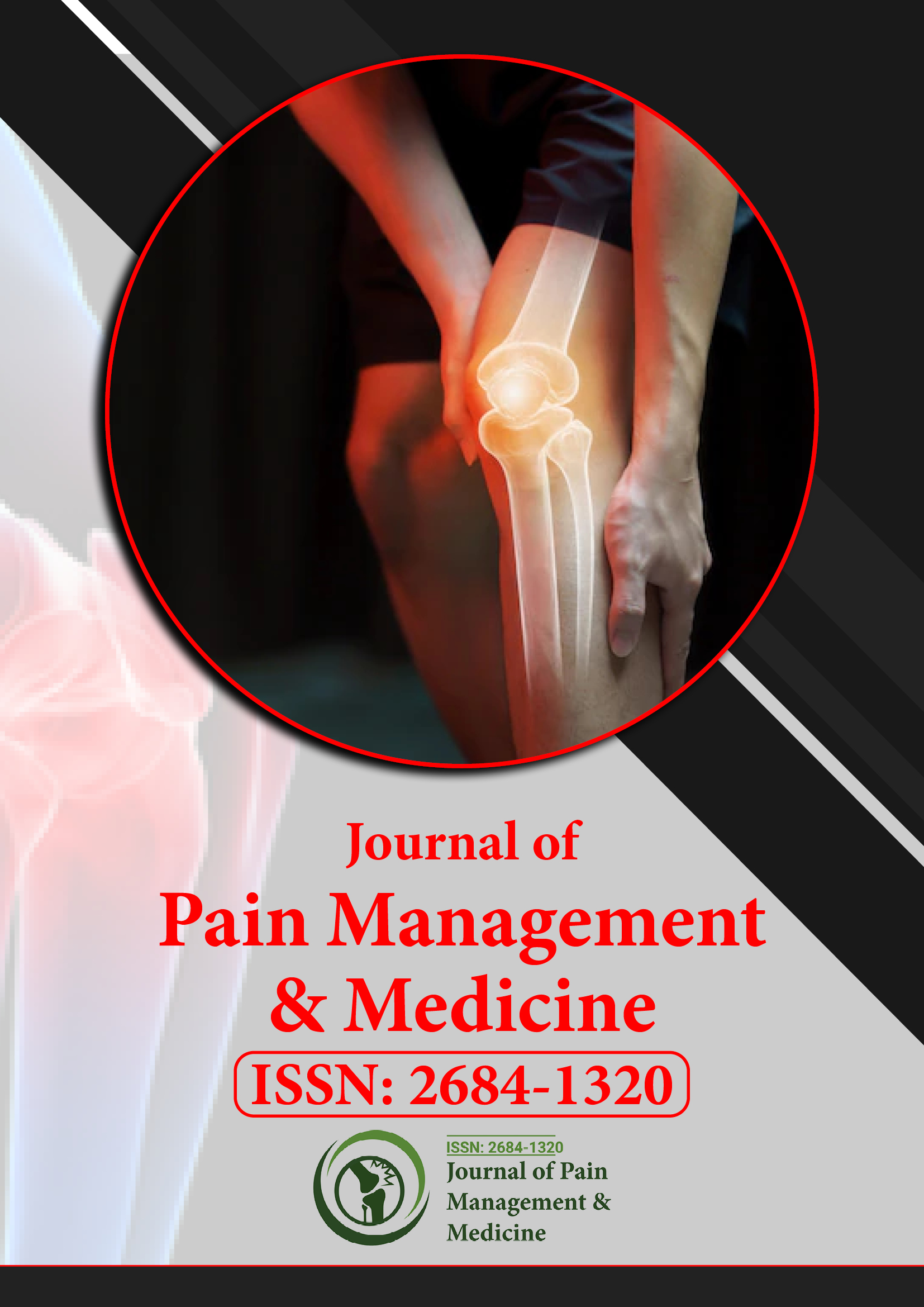インデックス付き
- レフシーク
- ハムダード大学
- エブスコ アリゾナ州
- パブロン
- ユーロパブ
- Google スカラー
- 高品質のオープンアクセス市場
このページをシェアする
ジャーナルチラシ

概要
生殖年齢の女性の慢性骨盤痛に対する介入:系統的レビュー
ホセ・ヘラルド・ガルサ=レアル、フランシスコ・J・ソサ=ブラボ、ホセ・G・ガルサ=マリシャラル、ロレーナ・カスティージョ=センツ、カロリーナ・キンタニージャ・サンチェス、リンダ・I・ゴンザレス・サリニャーナ、セサール・A・ラモス・デルガド
目的:この系統的レビューとメタ分析は、女性の慢性骨盤痛の管理と介入に関する利用可能なエビデンスを要約し、統合するために実施されました。
データソース:ランダム化比較試験 (RCT) または非ランダム化介入研究 (NRSI) を含むシステマティックレビューは、開始から 2020 年 3 月までの Cochrane Database of Systematic Reviews、MEDLINE、Embase、Scopus、Web of Science から選択されました。
研究の適格基準:生殖年齢の慢性骨盤痛が 6 か月続く女性の痛みと痛みの質を改善する可能性のあるすべての治療法の有効性とエビデンスの質を評価するために、RCT と NRSI のシステマティック レビューが選択されました。研究では、あらゆるスケールで痛みを測定しました。私たちは、生殖年齢の慢性骨盤痛が 6 か月以上続く女性を対象とした出版物に焦点を当てました。
研究の評価と統合方法:治療は、薬物療法、心理療法、外科療法、および鍼治療や磁気療法を含むその他の治療の 4 つのカテゴリに分類されました。すべての介入と比較対象が評価されました。
結果: 12 件の研究が対象となった。プロゲストーゲンは最も良い結果をもたらした薬物治療であった。心理的介入は、超音波と安心感を受けた患者で他の介入と比較して改善を示した。外科的介入は、他の介入 (特に子宮内膜症) は有益である可能性はあるものの多くの副作用があるため、神経温存技術に重点を置く必要があった。最後に、鍼治療と磁気療法には広範なエビデンス ベースがなかった。
結論:この論文は治療のエビデンスの概要です。慢性骨盤痛は、外科的、薬物的、心理的、その他の介入 (鍼治療や磁気療法) によって管理できます。ただし、エビデンスが不足し、研究が均一ではないため、有効性は限られています。治療は常に、慢性骨盤痛の特定の表現型に応じて、多分野にわたる個別化が必要です。より良い選択肢を見つけ、多分野にわたる治療の範囲を広げるために、一次研究と二次研究を実施する必要があります。